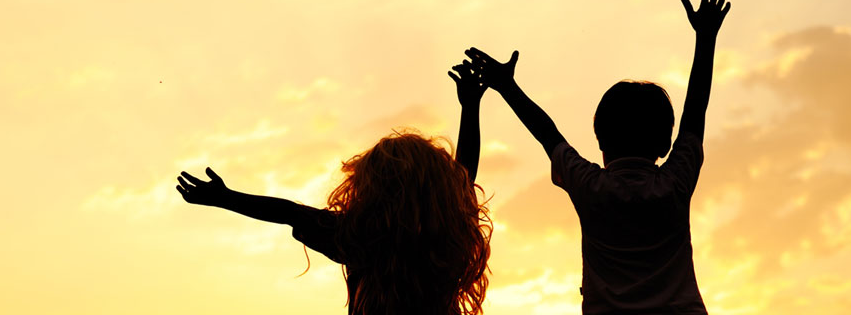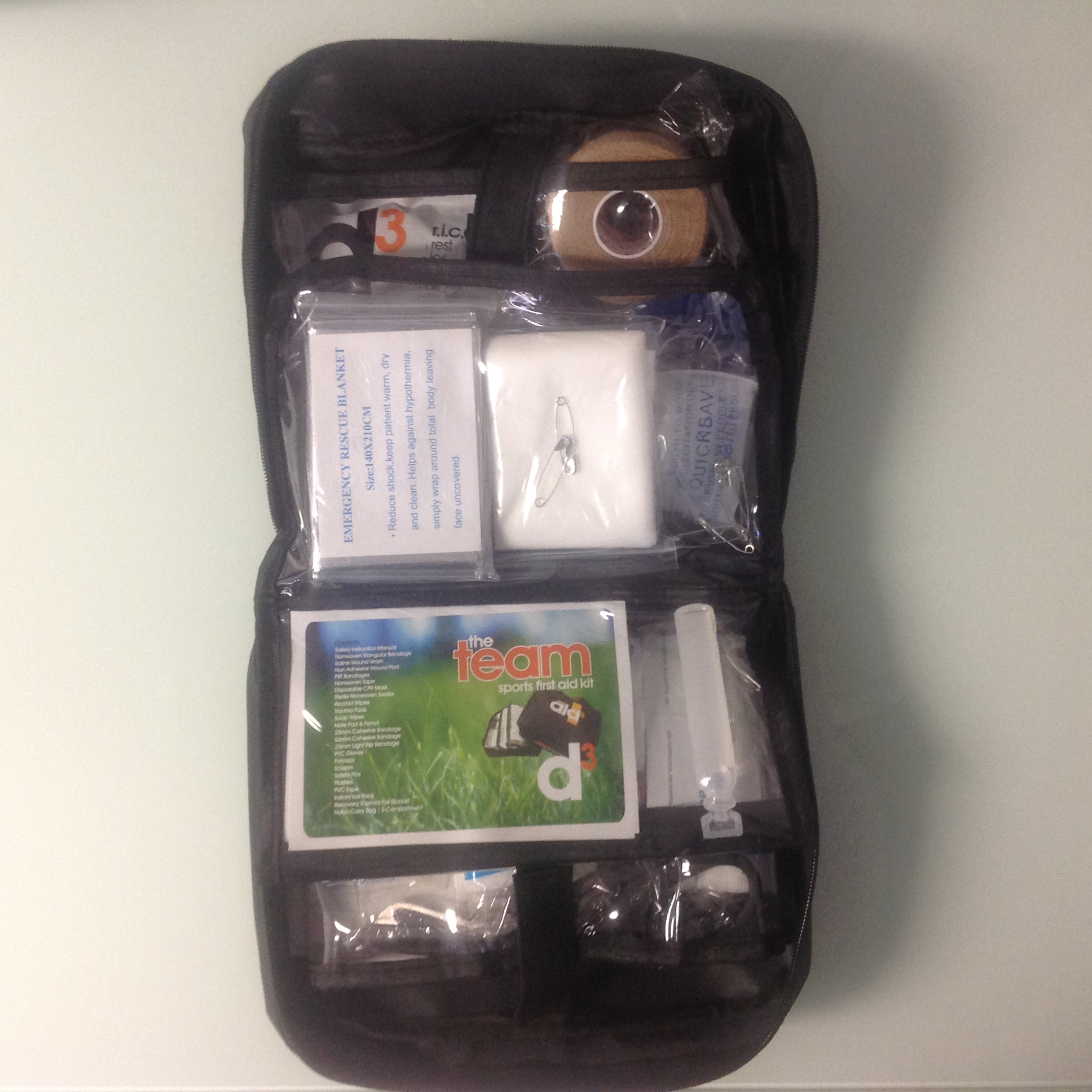
Wouldn’t July to be a winner too? 😉
Our Customer of the Week winners were Maureen B. for the week of 3rd July, Henry H. for the 10th, Jan S. for the 17th, and Meera S. for the 24th.
Each won a prize, just because they came for treatment and the Robot pulled their number out of the hat.
There were also one or two who were blessed with a birthday discount or gift ^_^
How can you win?
To be in with a chance to win, book your next appointment with us today at icsportstherapies.com.au/bookings, or contact us to make a booking for you.
Previous: June 2017








